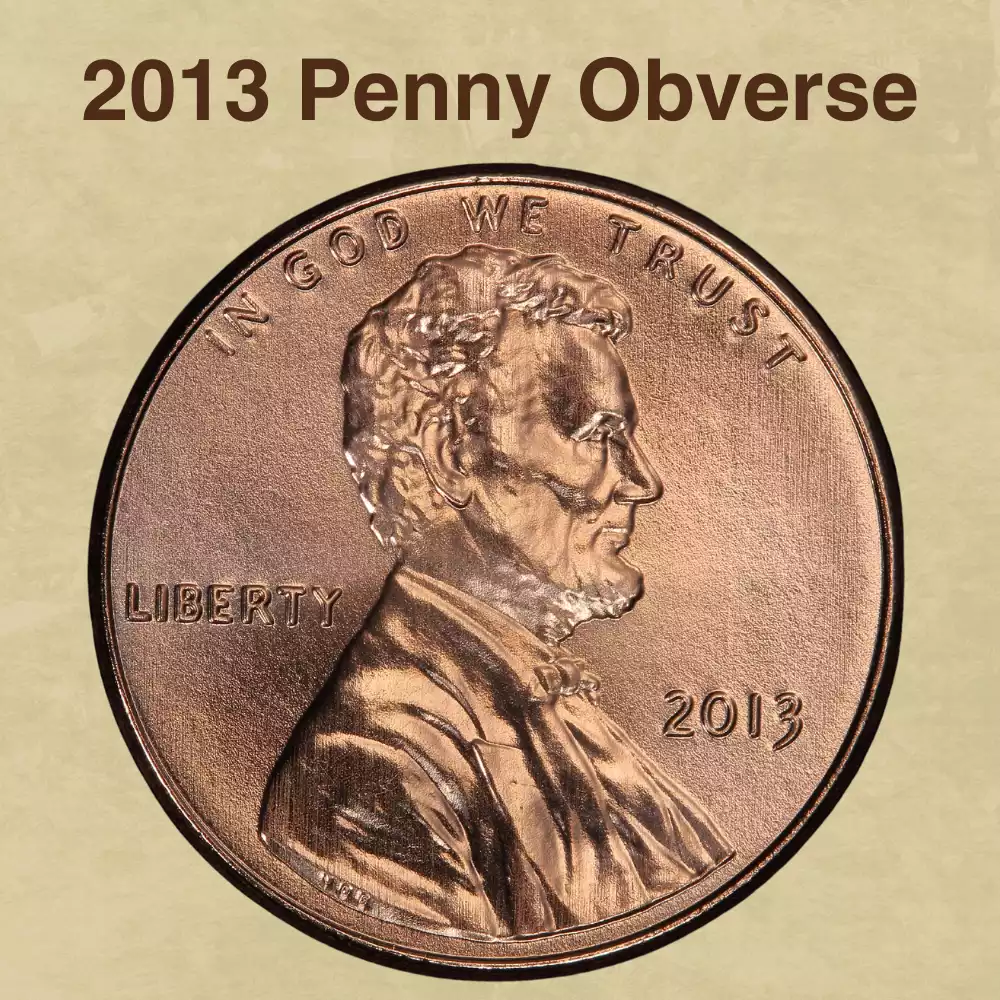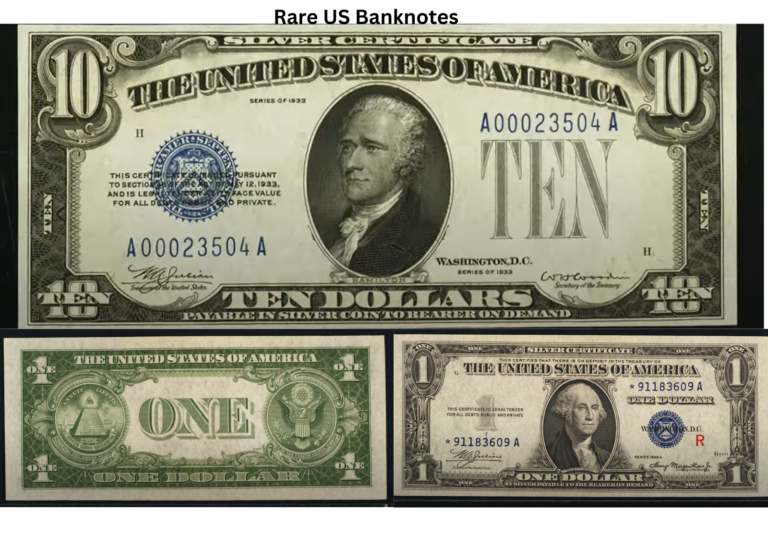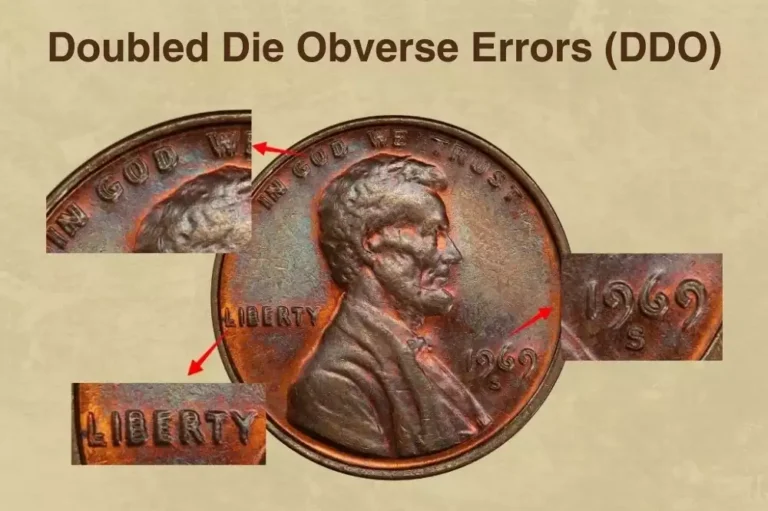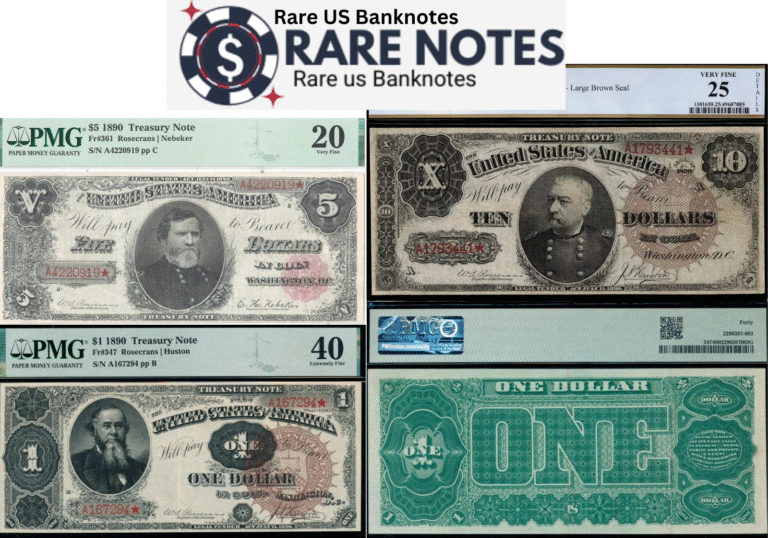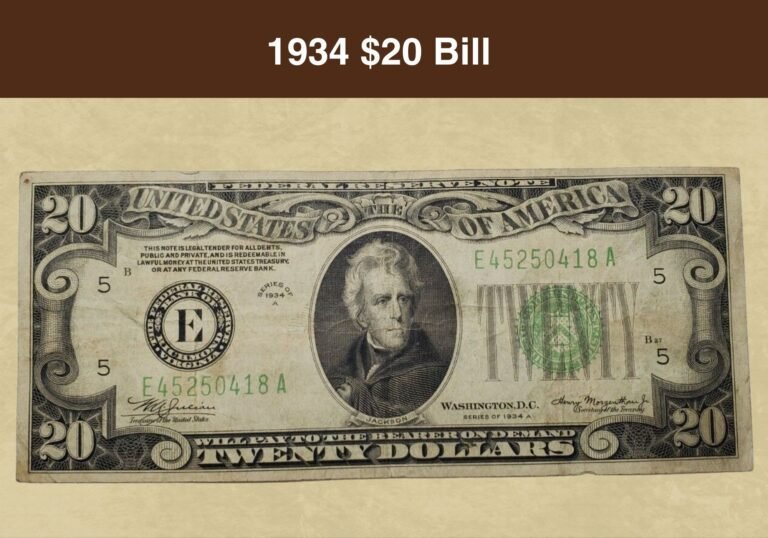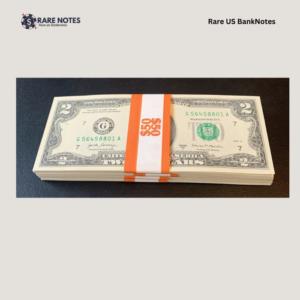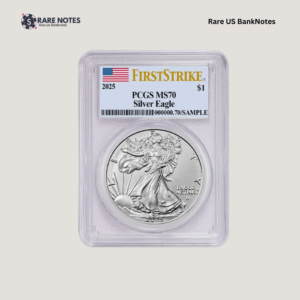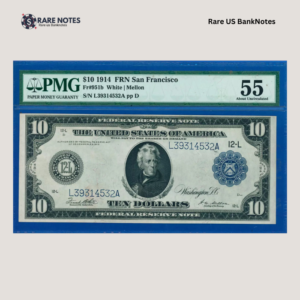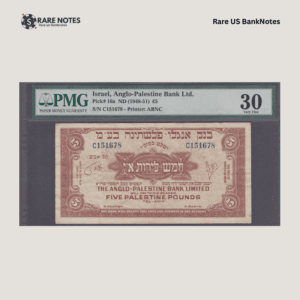Most 2013 Lincoln Shield pennies are worth exactly one cent, with over 7 billion minted that year making them abundantly common. However, condition creates the critical value distinction that separates ordinary pocket change from collectible specimens.
The Shield design itself carries historical significance, symbolizing national unity and making these modern cents appealing beyond their monetary value. For collectors, grade scarcity becomes the determining factor in value.
These coins remain plentiful through MS64 grades, but finding MS65 examples requires more deliberate searching and may still be possible in circulation.
Higher grades show increasing scarcity: MS67 specimens become “a little harder to find” while genuine MS68 examples are scarce, requiring searches through thousands of coins. San Francisco proof coins typically achieve PR69 or PR70 grades, making them accessible to most collectors.
Understanding this grade-based scarcity pattern will help you recognize the genuinely valuable 2013 pennies among the abundant common examples in your collection.
2013 Penny Value By Variety
The 2013 Lincoln Shield penny was minted at three facilities—Philadelphia, Denver, and San Francisco—with each variety offering different collectible values depending on condition and rarity.
2013 Penny Value Chart
| TYPE | GOOD | FINE | AU | MS | PR |
|---|---|---|---|---|---|
| 2013 No Mint Mark Shield Penny Value (RD) | — | — | — | $145 | — |
| 2013 D Shield Penny Value (RD) | — | — | — | $15 | — |
| 2013 S DCAM Shield Penny Value | — | — | — | — | $14 |
Tip: Chart shows Red (RD) prices only. For Brown (BN) or Red-Brown (RB) values, check our CoinValueChecker App for comprehensive information across all color designations.
2013 Penny Market Trend
Market Interest Trend Chart – 2013 Penny
Based on the 2013 penny market interest trend chart, collector attention for this modern Lincoln Shield cent has experienced notable fluctuations over the past decade. The overall pattern shows periods of heightened interest alternating with more stable, baseline levels of collector engagement.
The most significant surge occurred in May 2018, when collector enthusiasm reached its peak before gradually declining through the following years. This dramatic spike likely reflects specific market events or discoveries that temporarily elevated interest in 2013 pennies among numismatists.
Following this major peak, collector attention settled into more moderate levels with occasional smaller upticks, including a recent resurgence that suggests renewed interest in the series. These cyclical patterns reflect typical modern coin collecting behavior, where initial excitement often evolves into more measured, sustained collecting interest.
To better understand how the 2013 penny compares against other collectible coins and where it stands in the broader numismatic marketplace, examine our comprehensive US Coin Market Trend Ranking (Top 100) analysis.
History Of The 2013 Penny
The 2013 Lincoln cent emerged during a pivotal period in American numismatic history, representing both continuity and economic challenge.
As the fourth year of the Union Shield reverse design, this penny solidified the permanent replacement of the iconic Lincoln Memorial that had adorned the reverse since 1959.
The year 2013 marked a significant milestone in penny production costs, with the U.S. Treasury reporting a $55 million loss as manufacturing costs approached 1.8 cents per coin. This economic pressure reflected broader debates about the penny’s viability in modern commerce.
The Union Shield design, created by artist Lyndall Bass and sculpted by Joseph Menna, was chosen to represent Lincoln’s preservation of the United States as a unified country. This design provided thematic closure following the commemorative 2009 Bicentennial series, emphasizing Lincoln’s greatest achievement of keeping the nation united.
Despite economic challenges, the 2013 penny achieved massive circulation through Philadelphia and Denver mints, with San Francisco producing proof versions for collectors.
This high-volume production established the Shield design’s place in America’s evolving currency landscape, marking the eighth consecutive year of production costs exceeding face value.
Also Read: 10 Most Historic Years of Modern Lincoln Penny (1959-Date)
Key Features Of The 2013 Penny
The 2013 Lincoln Shield penny showcases classic American design elements combined with modern minting techniques. This copper-plated zinc coin maintains traditional Lincoln imagery while featuring the relatively new Union Shield reverse, creating a distinctive appearance that collectors and everyday users easily recognize.
The Obverse Of The 2013 Penny

The obverse continues Victor David Brenner’s timeless Lincoln portrait, first introduced in 1909. Lincoln faces right with the inscriptions “IN GOD WE TRUST,” “LIBERTY,” and the date “2013” prominently displayed. Brenner’s initials “VDB” appear in tiny letters on Lincoln’s shoulder, maintaining the design’s historical authenticity and artistic heritage.
The Reverse Of The 2013 Penny

The reverse features Lyndall Bass’s Union Shield design, expertly sculpted by Joseph Menna. Thirteen vertical stripes represent the original colonies, while a flowing banner displays “ONE CENT.”
The inscriptions “UNITED STATES OF AMERICA” and “E PLURIBUS UNUM” complete the patriotic design, with both artists’ initials “LB” and “JM” flanking the banner.
Other Features Of The 2013 Penny
The 2013 penny measures 19.05 millimeters in diameter and weighs 2.5 grams, composed of 97.5% zinc with a thin copper plating. Mint marks appear below the date when present—”D” for Denver or “S” for San Francisco proof coins, while Philadelphia issues bear no mint mark, following traditional U.S. minting conventions.
2013 Penny Mintage & Survival Data
2013 Penny Mintage & Survival Chart
Survival Distribution
| Type | Mintage | Survival | Survival Rate |
|---|---|---|---|
| No Mint Shield | 3,750,400,000 | unknown | unknown |
| D Shield | 3,319,600,000 | unknown | unknown |
| S DCAM Shield | 1,274,505 | unknown | unknown |
The 2013 penny achieved extraordinary production volumes, dominated entirely by business strike coins intended for circulation.
Philadelphia’s facility produced an impressive 3.75 billion coins without mint marks, while Denver added another 3.32 billion pieces bearing the “D” designation. This combined output of over 7 billion pennies flooded the American economy with Shield cents.
In stark contrast, Rather than mass production, San Francisco facility concentrated on creating premium quality pieces for collectors. The result was just 1.27 million proof coins with “S” mint marks—a tiny fraction compared to the billions produced elsewhere. This specialized focus explains why proof versions command higher prices in today’s market.
While numismatists have carefully documented population data for older penny series, the 2013 varieties remain largely untracked. Meanwhile, the coin’s recent vintage and the billions still in active circulation make accurate survival estimates nearly impossible to determine.
Explore our detailed Lincoln Pennies Survival Ranking (Top 100) analysis, which examines population data trends spanning over a century of American cent.
2013 Penny Grading
Grading 2013 pennies requires careful attention to surface preservation and strike quality, as these modern coins reveal subtle differences that significantly impact value.
Most circulated examples show typical wear patterns on Lincoln’s cheek, coat, and the shield’s prominent features. Uncirculated specimens display varying degrees of mint luster, with MS65 examples requiring sharp details and minimal contact marks.
The Shield design presents unique grading challenges compared to earlier Lincoln cents. Collectors must examine the vertical shield stripes for completeness and the banner’s fine details for clarity. Even minor imperfections can distinguish an MS64 coin from MS65, potentially affecting value by hundreds of dollars in high grades.
Understanding basic grading principles helps collectors make informed decisions. For quick preliminary evaluations, our CoinValueChecker App offers instant grade estimates using advanced image recognition technology.
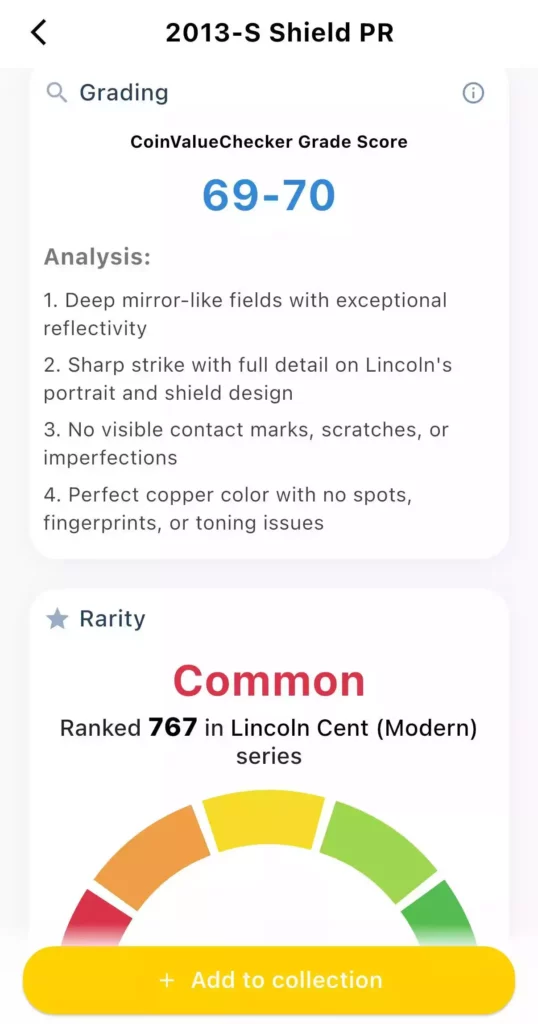
Whether you’re examining pocket change or building a serious collection, mastering coin evaluation techniques proves invaluable.
Our comprehensive guide How to Grade Lincoln Pennies covers essential skills, from identifying mint state characteristics to recognizing problem coins, helping collectors navigate the complexities of numismatic assessment with confidence.
2013 Penny Value Guides
The 2013 Lincoln Shield penny was produced in three distinct varieties across different U.S. Mint facilities, each targeting specific distribution channels and collector markets. Understanding these varieties helps collectors identify which 2013 pennies hold premium value beyond face value.
Main 2013 Penny Varieties:
- 2013 No Mint Mark Shield (Philadelphia)– 3,750,400,000 minted; circulated worth face value, uncirculated 10-30 cents
- 2013-D (Denver)– 3,319,600,000 produced; most worth face value, uncirculated command modest premiums
- 2013-S DCAM Shield (San Francisco)– 1,274,505 proof coins; typically worth $2-5, top grade sold for $291
Each variety serves different purposes in the numismatic marketplace, from everyday circulation coins to premium collector pieces designed for proof sets and specialized collections.
2013 No Mint Mark Shield Penny Value

The 2013 Philadelphia penny demonstrates how condition dramatically affects value, even among modern coins with billion-piece mintages. While most circulated examples remain worth face value, exceptional preservation creates significant collector interest and premium prices.
Red (RD) specimens preserve original copper luster and command the highest prices, with the record MS68RD example selling for $576 in 2018.
Red-Brown (RB) coins display mixed coloration from partial toning, trading at moderate discounts to full red pieces. Brown (BN) examples show complete color change but still attract collectors in higher grades.
High-grade examples remain surprisingly scarce despite the massive mintage. Most of the 3.75 billion coins suffered handling damage during circulation and distribution. This reality transforms preservation into rarity—finding truly pristine specimens requires searching through thousands of coins.
Consequently, collectors pay substantial premiums for gem-quality examples, proving that even common modern pennies can achieve significant value when condition meets collector demand.
2013 No Mint Mark Shield Penny (RD) Price/Grade Chart
Price by 1-70 Grade (Latest Auction Records Included)


